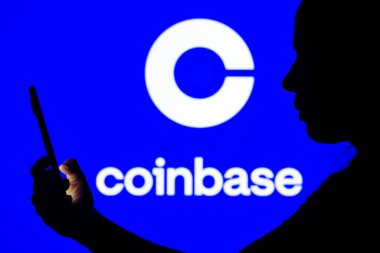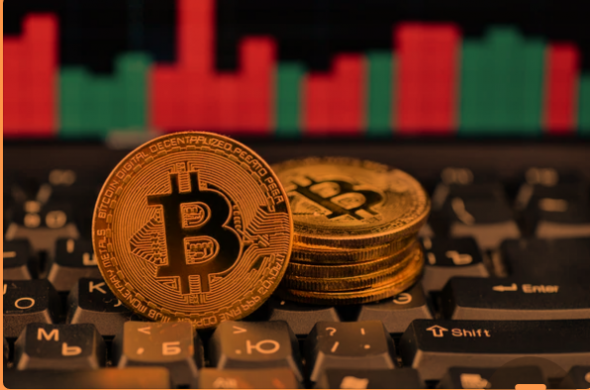Last week I purchased some more put options on the Dow Jones Industrial Average. These instruments rise in value as the US stock market falls. In previous newsletters I’ve explained why I think the US markets are in extraordinarily high territory and what might trigger a fall there (For example, see newsletters dated: 8th Feb 2019, 20th & 26th June 2017)
One of the runners in the race to be the trigger has increased its chances so much that it has reached mainstream media now. That is, a trade war, or hegemonic war, between China and Trump’s America. The bond markets are signalling recession with one-quarter of the world’s bonds (government plus corporate) now offering negative interest rates.
Even UK 10-year bonds offer only 0.37% interest per year. Bond investors are so desperate for safety that they will lend to the UK government say £1,000 knowing that they can withdraw (after compounding) a mere £1,038 in ten years from now. They have no idea what inflation might be over those ten years – it’s conceivable that inflation will exceed 3.8% for just one year, let alone ten.
Yet the US equity market is still riding high. The chart below shows the 10-year cyclically adjusted price earnings ratio for US shares.

Source: Professor Robert Shiller, http://www.econ.yale.edu/~shiller/data.htm
Only in 1929 and 1999/2000 was the US market more optimistic than it is in 2019 that everything will be fine in the future; so fine that shares should be priced at 29 times proven earnings over the last ten years.
That is, investors are accepting an earnings yield of 3.4% based on the historic profits attributable to shareholders.
Clearly, they are anticipating a doubling or trebling of earnings from those recorded in the last decade to justify current share prices.
If the Trump tax-cutting stimulus does not produce that rise then there might be many disappointed share holders around, fearful that they have paid too much to speculate on US shares.
When the selling starts, it may be difficult to stop as emotion takes over – fear of further falls, fear of failing to meet loan repayments, fear of companies such as Uber, Snap, Netflix and WeWork never making a profit, fear of Apple being damaged by Trump’s China policy.
We don’t know what the ranking of the top fears will be, but we do know that when optimism turns to a mood of worry markets can plunge very quickly. So I’ve bought insurance.
Options bought
The exercise price of the put option I’ve purchased is 185 and this right to exercise expires on the third Friday in March 2020. I’ll explain what that means.
Let’s start with what a put option is: a right, but not an obligation, to sell the underlying at a fixed price at some point in the future or over a period of time, in this case on or before late March 2020.
Applying that to the Dow: the underlying, i.e. the DJIA stands at 26,000 today. A complication: instead of the straightforward Dow the DJIA number is divided by 100 for the option contract.
Thus, if the real Dow is at 26,000 the option that is “at the money” is expressed as 260 (an at the money option has an exercise price the same as the current market price).
Each of those points is worth $100.
I’ll illustrate with the put that I purchased: I bought the right but not the obligation to
………………To read more subscribe to my premium newsletter Deep Value Shares – click here http://newsletters.advfn.com/deepvalueshares/subscribe-1

 Hot Features
Hot Features













